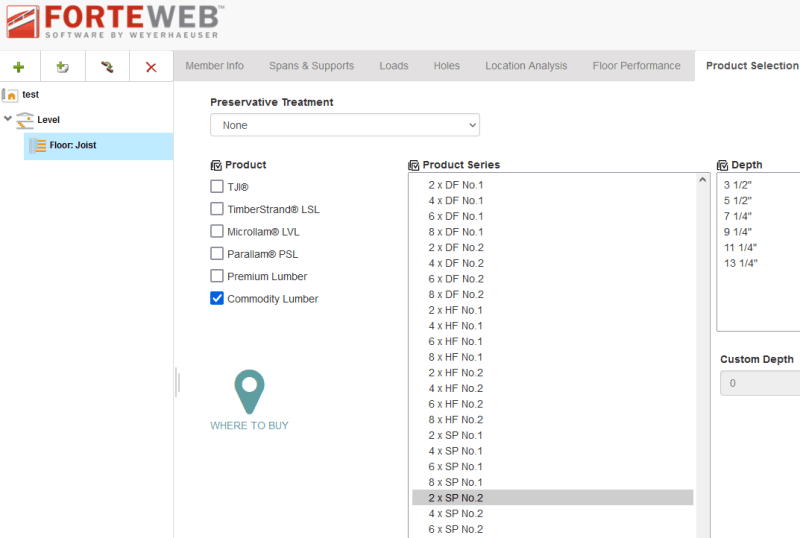JStructsteel
Structural
- Aug 22, 2002
- 1,446
Anyone know where to change or see what design values the program uses for the 'commodity and premium' lumber option? Im curious to the values they use
Thanks
Jim
Thanks
Jim
Follow along with the video below to see how to install our site as a web app on your home screen.
Note: This feature may not be available in some browsers.


ForteWeb Help said:There is a deflection analysis type called Creep Analysis that checks long term deflection beyond instantaneous deflections due to heavy loads acting on a member for long periods of time. Our software does not analyze this type of deflection because North American building codes do not require creep analysis. However for Parallam® Plus, an approximation of long term deflection (creep) is included in the total load deflection result.
Celt83 said:I read NDS 3.5 to be pretty clear that creep deflection using the Kcr term needs to be considered
